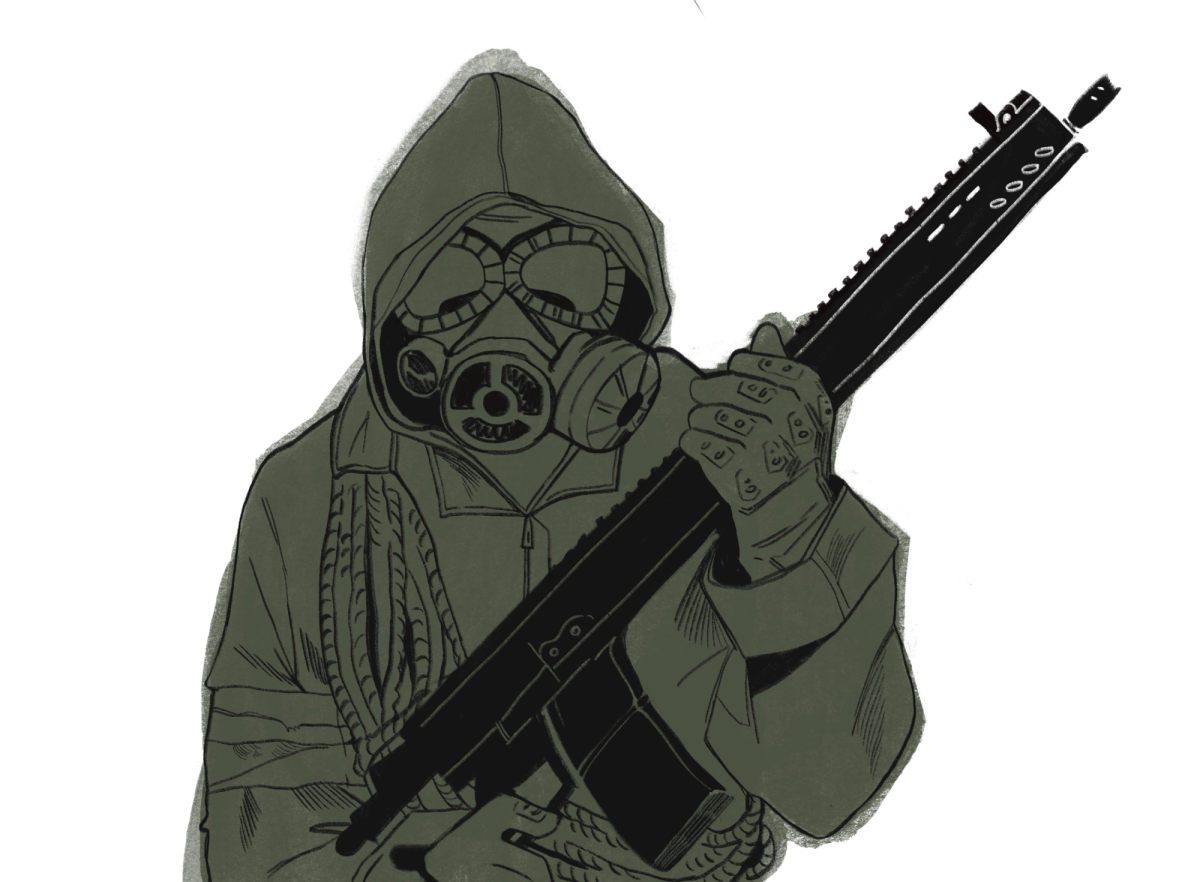Engagement beyond academics is a part of life for most students at Whitman, and there are currently 55 ASWC-funded clubs on campus. However, only 12 of the clubs with active membership today existed on campus eight years ago: Action for Animals, Black Student Union, Feminists Advocating Change and Empowerment, Fencing Club, Hillel-Shalom, Latin@ Student Coalition, Backcountry Skiing and Snowboarding Club, Whitewater Club, Fencing Club, Whitman Medieval Society, Whitman Direct Action, Whitman Mentors Program and Anime Club.
As students only spend four years on campus, clubs often disappear when interest fades or members graduate. Content, leadership and a sense of community can all play a role in ensuring a club survives across multiple generations of students, according to the current members of Whitman’s older student organizations. Extracurricular activities with a broad appeal to Whitman students, such outdoor activities provided by Whitewater Club or Backcountry Skiing and Snowboarding Club, as well as well-supported social causes like Action for Animals and Feminist Advocating Change and Empowerment, draw similar people together in a group that highlights their similarities.
Many clubs built around religious or ethnic identities, including Hillel-Shalom, Black Student Union and Latin@ Student Coalition, have a constant presence on campus. These organizations can appeal students looking not only for interesting activities, but also communities that promote important discussions about faith and race.
“I think people take a big interest in [Black Student Union and Latin@ Student Coalition] because a lot of time they don’t just set up fun meetings or events, but they also address a lot of racial and ethnic issues on campus that I think a lot of other clubs are a bit more hesitant to address,” said Latin@ Student Coalition President sophomore Celia Gorbman.
A sense of community has also been key to the success of the Whitman Fencing Club, which has existed on-and-off at Whitman in different forms as far back as the 1940s. Current members cite a tight-knit group dynamic as one reason for its extended popularity.
“We don’t just do practices. This is a very strong community and there’s a lot of bonding that goes on after practice or before practice,” said Fencing Club Budget Representative senior Erik Anderson.
The resilience of clubs can also be reinforced by connections with other student organizations. One example of this is Fencing Club and Renaissance Faire Club, which have both lasted for at least eight years and share students between the groups.
“There’s also a lot of draw into and from other clubs. We have a lot of crossover between the Renaissance Faire Society and the Fencing Club … We’re all really connected through a very unique interest set,” said Fencing Club President senior Kate Seiberlich.
Strong leadership is probably the most important trait for clubs that endure over multiple generations of students. In addition to having an involved president and budget manager, clubs which last longer than their original members’ time at Whitman must find a way to recruit and train students from younger classes so that there is someone to take charge when the current leadership graduates.
“We have strong leadership in the club. All the presidents are normally sophomores or juniors who are there, and a lot of the time once they do a year term, they’ll still be very involved in the club after that … We like seeing leadership in younger students,” said Gorbman.










